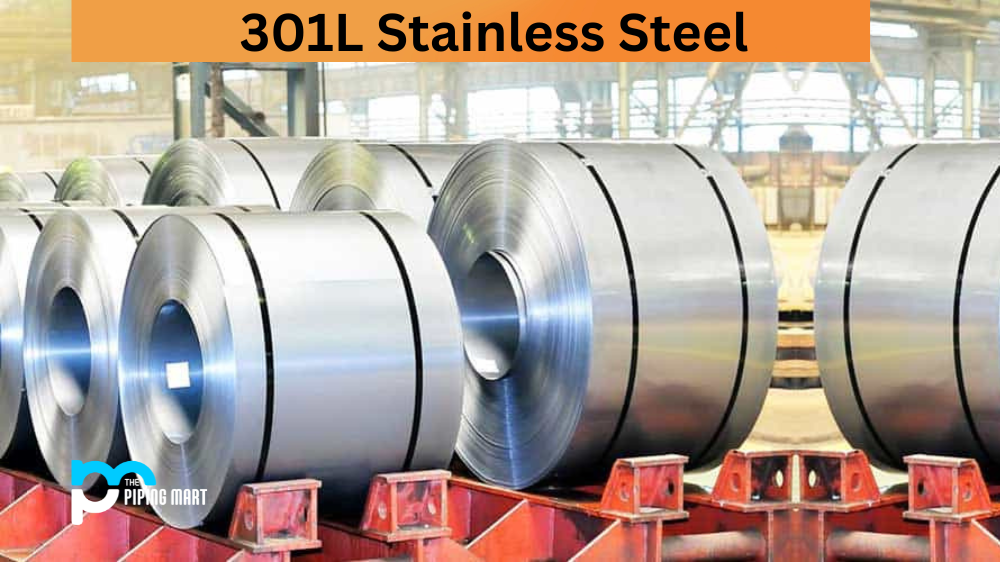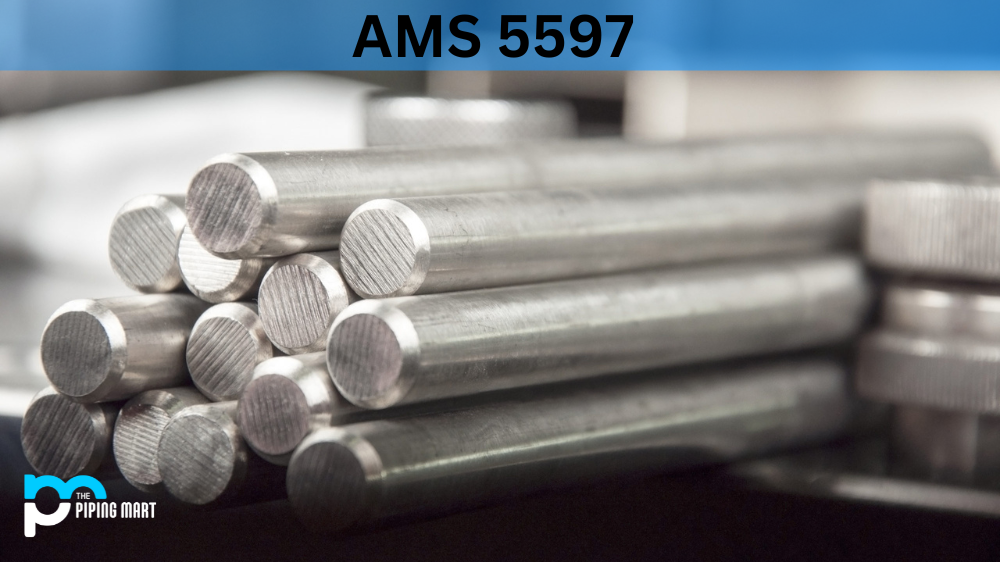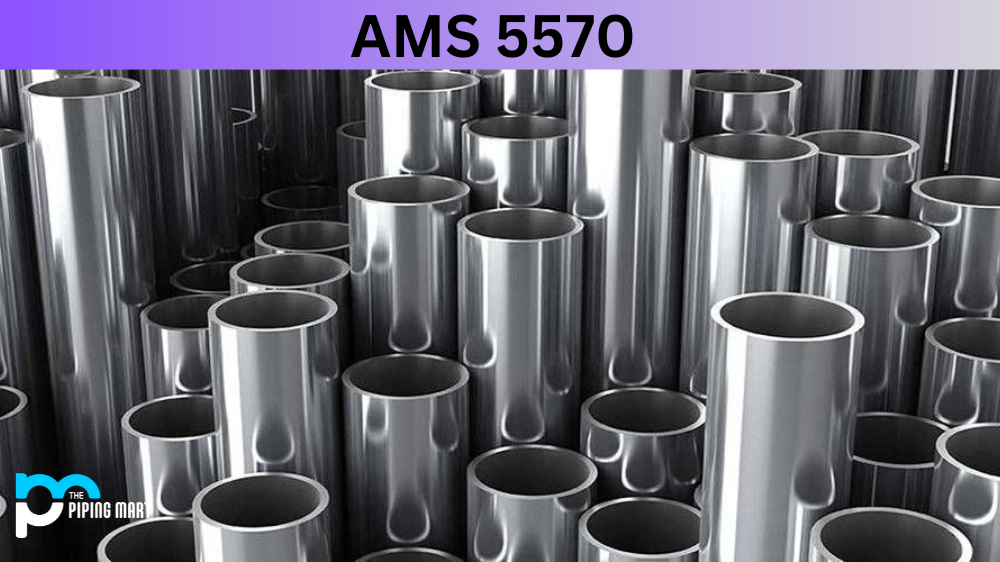UNS S30103 is a low-carbon version of the 301 stainless steel alloy. It is an austenitic chromium-nickel alloy that provides excellent corrosion resistance for many applications. This grade of stainless steel is non-magnetic and can be heat treated to higher levels of strength and hardness compared to other grades of stainless steel. In this blog post, we will look at the composition, chemical properties, physical properties, uses corrosion resistance, heat resistance, heat treatment and machining of 301L stainless steel.
301L Stainless Steel Composition
The composition of UNS S30103 includes a combination of elements such as chromium (17-19%), nickel (7-9%), manganese (1%), silicon (0.75%) and phosphorus (0.045%). This combination makes it an austenitic chromium-nickel alloy.
| Element | Content (%) |
|---|---|
| Iron, Fe | Balance |
| Chromium, Cr | 16-18 |
| Nickel, Ni | 6-8 |
| Manganese, Mn | 2 |
| Silicon, Si | 1 |
| Phosphorous, P | 0.045 |
| Carbon, C | 0.03 |
| Sulfur, S | 0.03 |
| Nitrogen, N | 0.2 |
301L Stainless Steel Chemical Properties
The chemical properties of UNS S30103 include good formability, weldability, corrosion resistance and toughness at lower temperatures. It is also highly resistant to stress corrosion cracking in high chloride environments. The mechanical properties are enhanced by cold working but not by heat treatment.
301L Stainless Steel Mechanical Properties
UNS S30103 is a type of austenitic steel used in the construction industry. It is known for its excellent mechanical properties, such as its strength, hardness, ductility, and toughness – making it ideal for demanding applications that require superior corrosion resistance. Furthermore, as a low-carbon variant of 301 stainless steel, it can be easily welded and cold-worked for improved formability. For these reasons, this versatile stainless steel is commonly used in high-temperature environments and a wide array of specialized applications such as machine parts, frames and housings for electronic equipment. In short, with properties that make it well suited to almost any environment or purpose imaginable, 30L stainless steel stands out from the pack.
| Properties | Metric | Imperial |
|---|---|---|
| Tensile strength | 550 MPa | psi |
| Yield strength (@strain 0.200%) | 220 MPa | psi |
| Elastic modulus | 193 GPa | 28000 ksi |
| Elongation at break | 45% | 45% |
| Hardness, Brinell | 241 | 241 |
| Hardness, Rockwell B | 100 | 100 |
301L Stainless Steel Physical Properties
The physical properties of 301L stainless steel include high tensile strength and yield strength, as well as good ductility and impact resistance at room temperature. It has a melting point range between 1450°F – 1550°F (790°C – 843°C). Its thermal conductivity is 9 W/mK at 100°C while its electrical resistivity is 1 ohm/sq inch at 20°C.
|
Grade |
Density (kg/m3) |
Elastic Modulus (GPa) |
Mean Coefficient of Thermal Expansion (μm/m/°C) |
Thermal Conductivity (W/m.K) |
Specific Heat 0-100°C |
Electrical Resistivity (nΩ.m) |
|||
|
0-100°C |
0-315°C |
0-538°C |
at 100°C |
at 500°C |
|||||
|
301L |
7880 |
193 |
16.9 |
17.2 |
18.2 |
16.2 |
21.4 |
500 |
695 |
301L Stainless Steel Equivalent
- JIS SUS301L
- ASME SA240
301L Stainless Steel Uses
Due to its excellent corrosion resistance and formability characteristics, 301L stainless steel is used in a variety of industries, including aerospace, automotive and food processing, among others. Its superior mechanical properties make it ideal for applications where high strength and toughness are required, such as springs or fasteners.
Corrosion Resistance
As mentioned before, one of the major advantages of using 301L stainless steel is its superior corrosion resistance in both oxidizing and reducing environments due to its low carbon content, which helps prevent carbide precipitation during welding processes. It also offers excellent pitting resistance against chloride ion solutions which makes it perfect for use in extreme climates or marine environments where saltwater exposure may occur frequently.
Heat Resistance
At elevated temperatures up to 1500°F (810°C),301L stainless steel maintains good oxidation and scaling resistance as well as creep strength, making it an ideal material for applications requiring high-temperature services such as furnace parts or turbine blades. However, if exposed to temperatures above 1600°F(871°C), then rapid cooling should be applied immediately to prevent damage due to overheating.
Heat Treatment
Heat treatment can be used on 301L Stainless Steel material in order to increase its strength or improve its formability characteristics after cold working operations have been performed on the material.
Machining
Machining operations can be performed on this material using standard machining techniques with proper tooling selection, depending on the application requirements.
Welding
Welding can be performed on this material using standard welding processes such as shielded metal arc welding (SMAW), gas tungsten arc welding (GTAW) or gas metal arc welding (GMAW). Appropriate filler metals should always be selected depending on the application requirements.
Conclusion
In conclusion,301L Stainless Steel provides superior corrosion resistance, high tensile strength, excellent ductility, weldability, formability, toughness at lower temperatures, and good oxidation & scaling resistances. It also offers excellent pitting resistances against chloride ions. Moreover, due to its ability to withstand higher temperatures up until 1600 F(871 C), it can be widely used in various industries like aerospace, automotive & food processing industry. Hence if you are looking for a reliable & cost-effective material, then you should consider using this alloy without any second thought.

Pipingmart is a B2B portal that specializes in metal, industrial and piping items. Additionally, we share the latest information and information about materials, products and various types of grades to assist businesses that are involved in this business.




